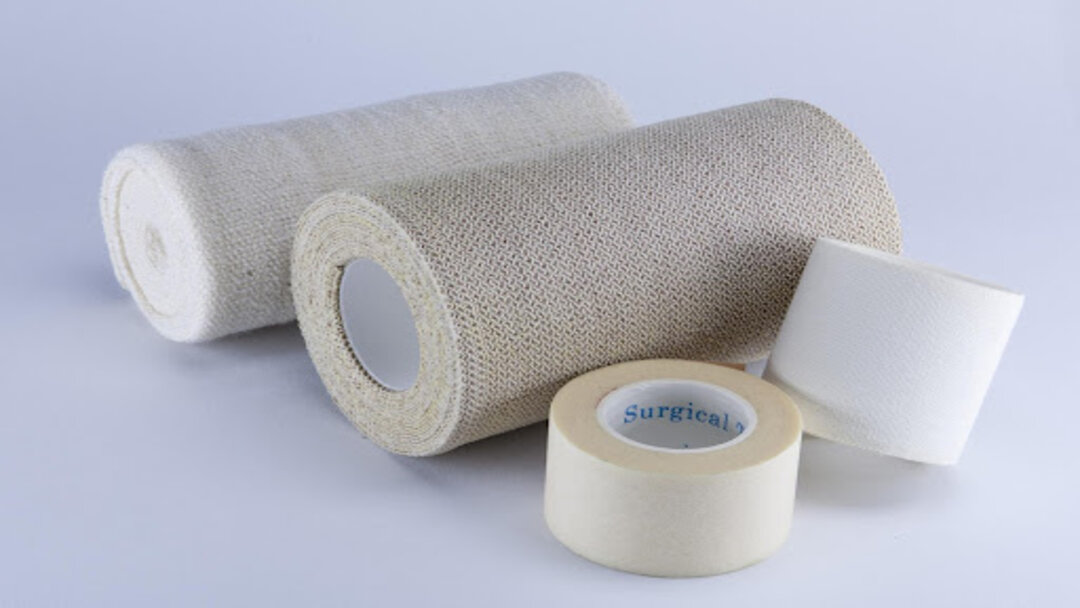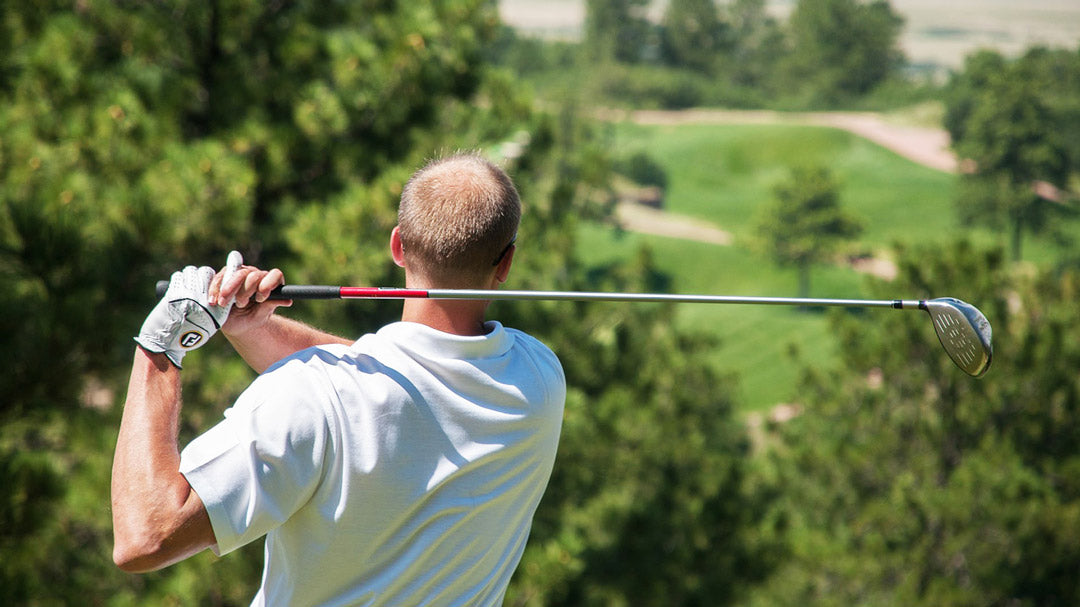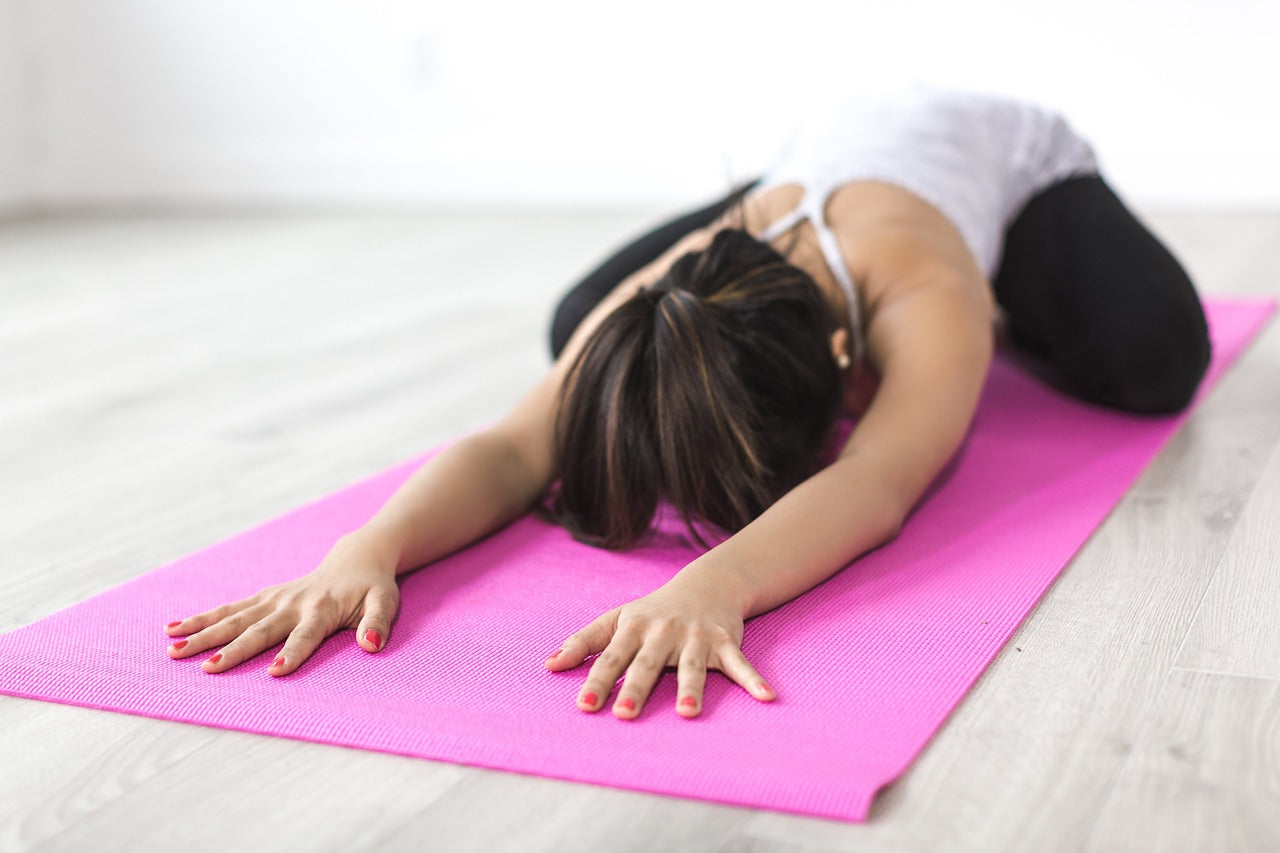Golfer’s elbow, or medial epicondylitis, causes pain and inflammation. If you are suffering from this condition, you need quick relief. Fortunately, a few treatment options can help your tendons heal so that you can get back to your daily activities. Here are the best golfer’s elbow exercises to prevent and treat this condition.
Are you searching for relief for your golfer’s elbow, arthritis, or joint pain? At Herbal Ice, we have a hemp muscle rub that uses traditional herbs to alleviate your pain and inflammation!
Exercises for Golfer’s Elbow
If you want to treat medial epicondylitis, you need to build up the strength in your elbow. Along with that, these exercises can increase your flexibility and relieve pain. The key is to build strength on a gradual basis. You should try to complete these exercises about two or three times a day. Remember to be gentle and never force any of these movements.
If you experience aches, discomfort, or unusual sensations, stop with the exercises. You might need more time to rest. If there is no improvement over a few days, it could be time to talk to your doctor.
Related: Can’t Straighten Your Arms After a Workout? Here’s What to Do.
With those few precautions in mind, here are a couple of exercises to help with medial epicondylitis.
Isometric Wrist Strengthening (Flexion)
When doing this exercise, you need to keep your body completely still. From a seated position, take your affected forearm and rest it on a chair arm or table with your palms facing upward. Press the opposite palm into your affected hand. Then, press your afflicted hand up while using the opposite hand as resistance. Continue this motion for 10 seconds, with slow increments of resistance. Release and continue for 15 reps.
Neck Stretch To the Side
You will want to keep your shoulder down as you lean in the opposite direction. To start, relax your shoulders while holding on to your chair or thighs. Tilt your head away from the afflicted elbow towards the opposite shoulder. Hold that position for 15 seconds as the weight of your head will stretch the muscles. Use your hand to pull your head to your shoulder if you want a deeper stretch. Repeat this motion two to four times.
Resisted Wrist Flexion
Take a weight and hold it with your afflicted arm in a seated position. You can place your forearm on the chair’s armor table while the affected hand hangs over the edge (palms facing up). Slowly lower the hand and then raise it into the original position. Make sure to do about one to three sets of 15 reps.
Resisted Wrist Extension
This exercise is another seated position that requires weight. Hold a weight with your affected arm as you place the forearm on a table or arm of a chair. Your hand must hang over the edge with the palm facing down. Lower your hand down before raising it to the original position. You should complete about one to three sets of 15 reps.
Related: Legs Sore After Squats & Leg Day?
Resisted Forearm Pronation
With this exercise, you start by leaning forward with your legs spread out. Place your affected forearm on your thigh with your hand and wrist on your knee. Take an exercise band and grab one end with your palm up, stepping on the other end. Keep your wrist straight; roll the palm inward to the thigh for two seconds. Slowly move back to the starting position. Repeat this exercise 8 to 12 times.
Golfer’s Elbow Stretch
With this exercise, you will feel it in the underside of your forearm. Take your affected arm and extend it in front of you with the palm and finger facing down. Use the opposite hand to pull your finger and wrist down to your body. Hold this position for about 30 seconds. You can do 2 to 5 reps of this exercise.

Preventing Golfer’s Elbow
If you want to prevent golfer’s elbow, warm-up before any repetitive activity. With that, you can get your blood flowing and raise the temperature of your muscles. Take time to stretch your back, arms, and shoulder before every session.
For those already experiencing pain, wear a counterforce brace. These devices are designed to evenly distribute tension throughout the muscles and tendons in the affected elbow. You might even want to consider wearing compression bandages as well.
Related: 5 Best CBD Muscle Rubs
Remedies To Relieve Golfer’s Elbow
Along with these exercises and stretches, you can use a few at-home remedies to ease symptoms and prevent flare-ups. First, you want to give your body plenty of rest. Take a break from the strenuous activity that causes pain.
Heat and ice treatment can help to provide some relief. You can use this combination for 10 to 15 at a time, about every few hours.
Pain relief can come in the form of over-the-counter medications. Nonsteroidal anti-inflammatory drugs (NSAIDs) and acetaminophen can help to relieve pain. You will want to take them before the pain becomes too severe. Remember to take the recommended dosage and never take them for more than 10 days.
If you want to use a hemp-based cream, consider Herbal Ice’s Hemp Muscle Rub. This rub uses traditional herbs to help alleviate joint pain, swelling, inflammation, chronic pain, muscle aches, and arthritis. You apply a thin layer over the affected area. This hemp muscle rub is designed to quickly stop the inflammation, pain, and soreness in those afflicted areas.

Stretches for Golfer’s Elbow Relief
Although the pain and limited range of motion caused by golfer’s elbow may be localized in the arms, it is essential to ensure that your back and shoulders have good mobility. Having a full range of motion in these areas can reduce the workload that your elbows and forearms have, reducing the time it takes to recover.
Here are some exercises that will improve your golfer’s elbow.
Soft Tissue Rolling
This exercise for golfer’s elbow combines a little stretching and tissue manipulation to increase blood flow circulation to the affected area. Soft tissue rolling allows those affected by golfer’s elbow to gradually increase flexibility while reducing pain when they are experiencing significant inflammation and irritation.
Try soft tissue rolling instead if stretching causes pain:
1. Get a round object such as a lacrosse or tennis ball and set it on a stable surface such as a table or desk.
2. Take your forearm and place it on the ball with your palms facing up or down.
3. Placing steady, even pressure on the ball with your forearm, slowly roll the entire affected area up and down ten to fifteen times.
4. Stop on and spend extra time on especially sore sports. While on top of these sore spots, alternate flexing and extending your wrists while maintaining steady pressure on the ball.
Soft tissue rolling should be done multiple times a day. Listen to your body and adjust the pressure according to the sensitivity of the affected area.
Wrist Flexion and Extension Stretch
Alternating between wrist flexion and extension stretches is a great way to begin working on reducing your pain and increasing your flexibility when the tissue is too sensitive for resistance exercises or if you do not have weight equipment.
Try using a wrist flexion and extension stretch to warm up your resistance exercises or if the golfer’s elbow is too sensitive for more rigorous movements.
1. Extend your arm out in front or to the side.
2. Alternate between bending your wrist up and down until you start feeling the tension, usually around 20 to 30 repetitions.
3. Perform this exercise several times a day.
This exercise is useful early on in an injury since it helps maintain full mobility in the wrist and forearms.
Open Book
The open book stretch is an excellent stretch for your mid and low back while allowing you to stay in a safe and comfortable position on the floor.
1. Lay down on your side and bend your knees to your hips.
2. Straighten your arms out in front of you and bring your hands together at shoulder or chest height, depending on what is more comfortable.
3. Raise your top arm and lower it down to the opposite side so that you feel a stretch.
4. After holding momentarily, slowly return your arm to its starting position.

Latissimus Dorsi Stretch
The latissimus dorsi is the large, flat muscle on your back that stretches from your sides to the center of your back. This muscle is heavily used during a golf swing and helps keep the shoulder stabilized.
1. Holding your hands and elbows shoulder width apart, rest your elbows on a flat, stable surface like a table or chair.
2. While holding onto a golf club or broomstick in that position, drop your hips down towards your feet. You should feel your chest drop towards the ground.
3. Hold this position for eight to ten seconds.
4. Repeat this 15 times.
When this stretch is utilized correctly, you will feel a stretch in the muscle underneath your armpit.
Scapular Wall Slide
This exercise will activate the muscles responsible for rotating your shoulders. Improving flexibility in the shoulder will reduce the load on the muscles on the forearm, speeding up your recovery process.
1. While standing, place your forearms against the wall with your thumbs pointing up.
2. While maintaining contact between your forearms and the wall, slide your forearms straight up and down.
3. Maintaining a steady pace, continue this movement for one minute.
4. Perform three repetitions.
Make sure you keep your core tight while performing this exercise. This will limit the movement in your back and keep the focus on your shoulders.
Before jumping back into your fitness routine after suffering a golfer’s elbow injury, you should have a discussion with your doctor. Any rigorous activity could cause reinjury to the affected area, so be sure to get clearance from your doctor before proceeding.
Your physician will want to confirm that the discomfort and inflammation in your elbow have sufficiently subsided for you to resume strenuous activity. Rest is one of the most effective treatments for golfer’s elbow, so you may need to refrain from physical activity while you recuperate.
Remember to give yourself extra time to recover between exercises due to your injury. Be mindful of your injury and know when to stop. Make sure to apply a hemp-based muscle rub on the injured or sore areas before and after the workout.
Are you still feeling the pain of inflammation? Try our Herbal Muscle Rub which has a proprietary blend of known anti-inflammatory ingredients.
Related: Read 5 Tips for How to Recover Faster From Workouts
What Exercises Should You Avoid During Golfer’s Elbow?
Any exercises or activities that cause sharp or shooting pain in your arm or elbows should be avoided while you are recovering. These are a few of the exercises that can delay your recovery.
- Bench Presses and Push-Ups
- Biceps Curls
- Pull-Ups
- Wrist Curls
Exercises such as bench presses, push-ups, and pull-ups place significant strain onto your elbow flexors. This strain can lead to inflammation, prolonged recovery time, and in some cases even reinjury. Biceps curls and wrist curls add a significant amount of stress to your elbow and forearms. These curling movements can worsen your golfer’s elbow and leave you with chronic pain.
Make sure to avoid exercises that require repetitive lifting or repetitive movement with your elbow and wrist since this can aggravate your injury.
Final Word
As soon as golfer’s elbow symptoms arise, you can do these simple exercises to keep the pain at bay. Along with that, there are several preventive activities to help reduce the pain in the affected area. Even at-home remedies, such as hemp muscle rubs and ice packs, can help you recover quicker from this condition. Golfer’s elbow can be painful and frustrating, but you can prevent and treat this ailment with these tips.
Looking for natural ways to get relief from pain and inflammation? Check out our hemp muscle rub with traditional ingredients known to stop soreness, pain, and inflammation in the body!


